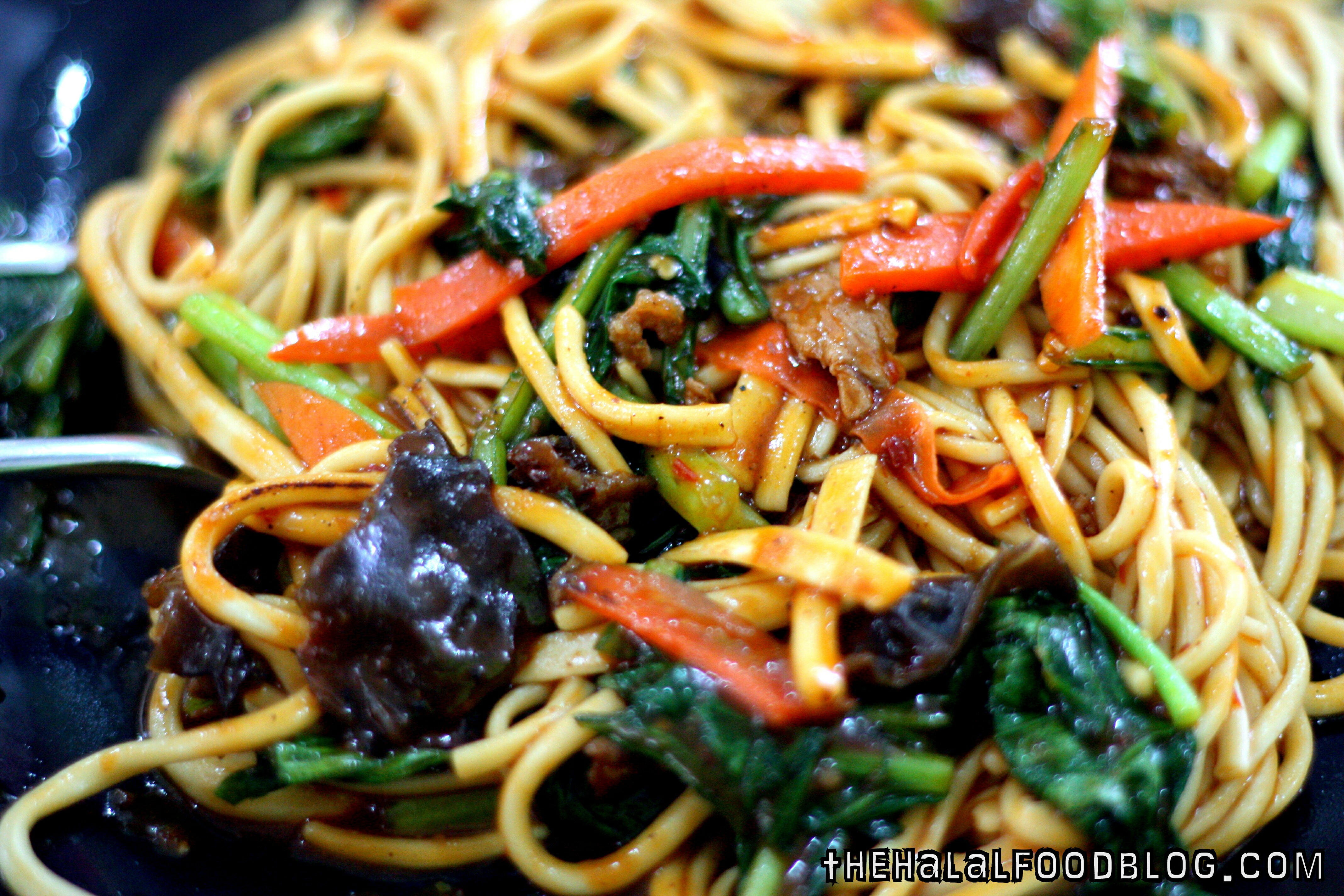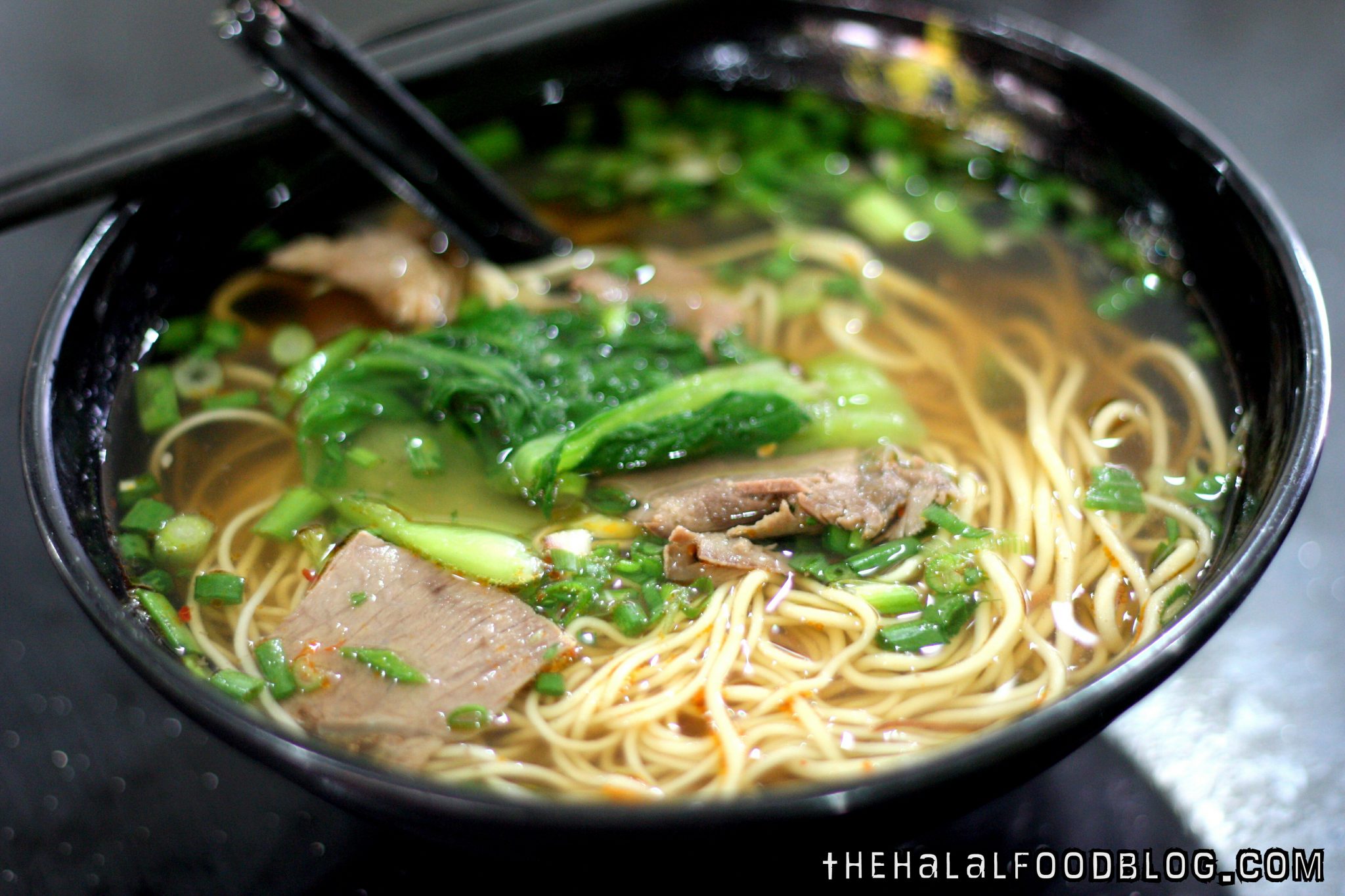In the realm of Malaysian cuisine, few dishes evoke a sense of nostalgia and cultural pride like mee tarik. This beloved dish, known for its unique texture and aromatic flavors, has become an integral part of the country’s culinary heritage.
From humble street stalls to bustling night markets, the preparation and enjoyment of mee tarik offer a captivating glimpse into Malaysia’s vibrant food culture.
Mee tarik, which translates to “pulled noodles,” derives its name from the distinctive technique used in its preparation. The noodles are stretched and folded repeatedly, creating a smooth and elastic texture that is both visually appealing and satisfying to the palate.
The dish is typically served in a savory broth infused with aromatic spices and accompanied by a variety of toppings, making it a versatile and customizable culinary experience.
Mee Tarik Recipe Overview
Mee Tarik is a traditional Malaysian noodle dish made with yellow wheat noodles, a savory sauce, and various toppings. It is a popular street food and is often served at food stalls and hawker centers. The name “Mee Tarik” means “pulled noodles” in Malay, and refers to the way the noodles are stretched and pulled during the preparation process.
The key ingredients in Mee Tarik are yellow wheat noodles, a savory sauce, and various toppings. The noodles are typically made from wheat flour, water, and salt, and are boiled until they are cooked through. The sauce is made from a combination of soy sauce, dark soy sauce, oyster sauce, and other seasonings.
The toppings can vary depending on the region and the individual vendor, but common toppings include fried onions, bean sprouts, chili peppers, and a fried egg.
Key Ingredients
- Yellow wheat noodles: The base of the dish, providing a chewy texture and a neutral flavor that complements the sauce and toppings.
- Savory sauce: A combination of soy sauce, dark soy sauce, oyster sauce, and other seasonings, providing a flavorful base for the noodles.
- Fried onions: Add a crispy texture and a sweet, caramelized flavor to the dish.
- Bean sprouts: Provide a fresh, crunchy texture and a mild flavor.
- Fried egg: A popular topping that adds richness and protein to the dish.
li> Chili peppers: Add a spicy kick to the dish, balancing the sweetness of the fried onions.
Step-by-Step s
Preparing mee tarik involves a series of precise s, each contributing to the unique texture and flavor of the dish.
Follow these s carefully to achieve the desired outcome.
The process can be divided into three main stages: preparation, cooking, and pulling.
Preparation
- Gather the necessary ingredients, including noodles, sauce, and toppings.
- Boil water in a large pot or wok.
- Add the noodles to the boiling water and cook according to the package instructions.
- While the noodles are cooking, prepare the sauce by combining all the ingredients in a bowl.
Cooking
- Once the noodles are cooked, drain them and rinse them with cold water to remove excess starch.
- Add the noodles to the sauce and stir to coat them evenly.
- Cook the noodles and sauce together over medium heat, stirring constantly, until the sauce has thickened and the noodles have absorbed the flavor.
Pulling
- Using two chopsticks or forks, pick up a portion of the noodles and stretch them out in a continuous motion.
- Repeat the pulling motion several times, until the noodles become thin and elastic.
- Transfer the pulled noodles to a plate and serve immediately with additional toppings, such as fried onions or cilantro.
Variations and Adaptations
Mee tarik is a versatile dish that can be customized to suit different tastes and preferences. There are numerous variations and adaptations of the recipe, each offering a unique flavor profile and texture.
One common variation is the use of different types of noodles. While yellow wheat noodles are traditional, other options include rice noodles, glass noodles, or even udon noodles. The choice of noodles can significantly alter the texture and flavor of the dish.
Variations in Ingredients
- Protein: Instead of chicken, mee tarik can be made with beef, seafood, or tofu for a vegetarian option.
- Vegetables: The vegetable combination can be customized to include favorites such as carrots, celery, bell peppers, or baby corn.
- Sauce: The sauce can be adjusted to taste by varying the amount of soy sauce, oyster sauce, or chili sauce used.
Adaptations for Different Cuisines
- Indian-inspired Mee Tarik: Incorporates spices such as cumin, coriander, and turmeric, along with coconut milk for a rich flavor.
- Thai-style Mee Tarik: Uses a blend of Thai basil, chili peppers, and fish sauce for a spicy and aromatic twist.
- Western-influenced Mee Tarik: May include ingredients like bacon, mushrooms, or broccoli, creating a fusion of flavors.
Nutritional Information

Mee tarik is a popular Malaysian beverage known for its sweet and creamy taste. While it offers a satisfying indulgence, it’s essential to be aware of its nutritional value to make informed dietary choices.The nutritional composition of mee tarik varies depending on the ingredients used and the preparation method.
Typically, a serving of mee tarik (1 cup) contains approximately:
Calories
Mee tarik is a calorie-dense beverage. The combination of condensed milk and sugar contributes significantly to its caloric content. A single serving of mee tarik can range from 200 to 300 calories, depending on the sweetness level.
Macronutrients
Mee tarik is primarily composed of carbohydrates, with a moderate amount of fat and a negligible amount of protein. The carbohydrates come from the condensed milk and sugar, while the fat comes from the evaporated milk.
Potential Health Benefits and Considerations
Mee tarik is a source of calcium and vitamin D, which are essential for bone health. However, it’s important to note that the high sugar content can contribute to weight gain, tooth decay, and other health issues if consumed excessively.Additionally,
mee tarik contains caffeine, which can have both positive and negative effects. Caffeine can provide a temporary boost in alertness and focus, but excessive consumption can lead to anxiety, insomnia, and other adverse effects.
Cultural Impact

Mee tarik is more than just a beverage in Malaysia; it is deeply ingrained in the country’s cultural fabric.
The preparation of mee tarik is often accompanied by a mesmerizing performance, where the vendor skillfully pours the tea between two cups from a height, creating long, thin strands of tea. This performance is not only visually appealing but also serves as a symbol of hospitality and warmth.
Social Gatherings
Mee tarik is a staple at social gatherings in Malaysia. It is often served as a welcome drink for guests or as a way to break the ice in conversations. The communal sharing of mee tarik fosters a sense of camaraderie and helps build relationships.
Festivals
Mee tarik is an integral part of many Malaysian festivals. During the Muslim festival of Hari Raya Aidilfitri, it is customary to serve mee tarik to visiting guests as a symbol of celebration and hospitality.
National Identity
Mee tarik has become a symbol of national identity for Malaysians. It is often featured in tourism campaigns and is widely recognized as a uniquely Malaysian beverage. The popularity of mee tarik has even spread to other countries in Southeast Asia and beyond, becoming a beloved drink enjoyed by people from all walks of life.
Presentation and Serving Suggestions
Mee tarik is a popular dish that can be presented and served in various ways to enhance its visual appeal and taste.
When serving mee tarik, consider the following tips:
Garnishes
- Freshly chopped green onions or cilantro adds a vibrant color and a subtle oniony flavor.
- A sprinkle of toasted sesame seeds adds a nutty flavor and a crunchy texture.
- Fried shallots or onions provide a crispy and aromatic topping.
Accompaniments
- A side of sambal (chili sauce) adds a spicy kick and complements the savory flavors of the dish.
- A wedge of lime can be squeezed over the mee tarik to brighten the flavors and balance the richness.
- Crispy fried tofu or tempeh can be served as a protein-rich accompaniment.
Side Dishes
- Mee tarik can be served with a side of nasi lemak (coconut milk rice) or ketupat (rice cakes) for a more substantial meal.
- A refreshing side salad with mixed greens, tomatoes, and cucumbers provides a healthy and light balance to the dish.
- A bowl of clear soup, such as chicken broth or vegetable broth, can complement the flavors of the mee tarik and help cleanse the palate.
Last Recap
In conclusion, the mee tarik recipe is a testament to the richness and diversity of Malaysian cuisine. Its unique preparation technique, flavorful broth, and customizable toppings have made it a beloved dish that transcends cultural boundaries. Whether enjoyed as a comforting meal or a festive treat, mee tarik embodies the spirit of Malaysian hospitality and culinary artistry.
FAQ Summary
What is the key ingredient in mee tarik?
Yellow wheat noodles
What is the origin of mee tarik?
Malaysia
What is the typical broth used in mee tarik?
A savory broth made with beef or chicken stock, spices, and aromatics
What are some common toppings for mee tarik?
Fried onions, bean sprouts, chili paste, and lime wedges
Is mee tarik a vegetarian dish?
No, traditional mee tarik typically contains beef or chicken stock in the broth
